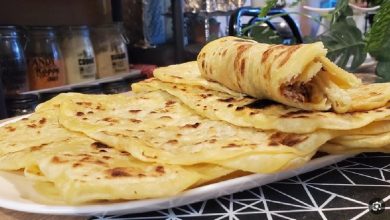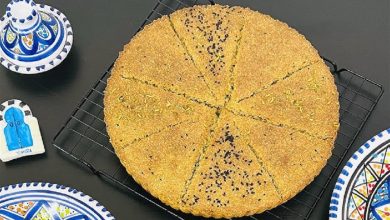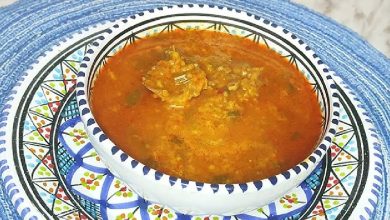Habibi Supper Club: Philadelphia’s Premier Lebanese Pop-Up Dining Experience
Chef Miled Finianos Brings Authentic Lebanese Flavors and Community to South Philadelphia
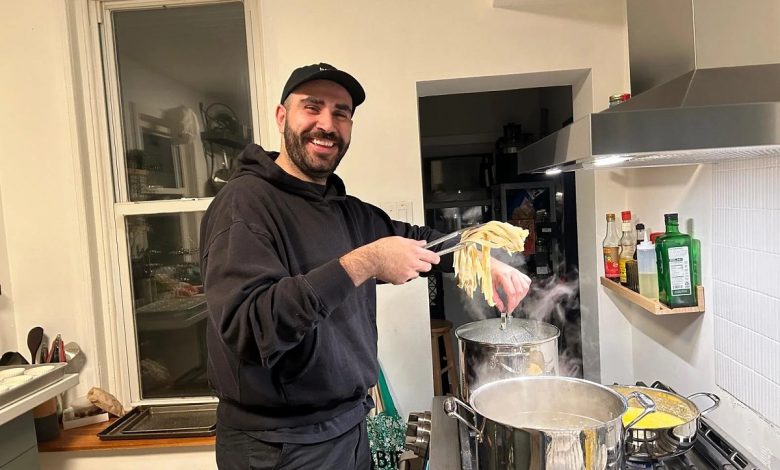
Philadelphia’s celebrity chef, 29-year-old Lebanese American Miled Finianos, is the force behind Habibi Supper Club, a high-end communal pop-up dinner series that showcases Levantine-inspired cuisine. Each monthly event introduces diners to new facets of Lebanese cooking, blending tradition with creative innovation.
Finianos grew up between Lebanon and the United States, spending 15 years in Miami before moving to Philadelphia six years ago. What began as casual family dinners in Miami quickly evolved into a vibrant culinary community in Philadelphia, bringing people of diverse backgrounds together over gourmet meals.
Since its first dinner in December 2023, Habibi Supper Club has gained rapid popularity. Tickets for Finianos’ events—often hosted in his Fishtown home or other private residences—typically sell out within hours. Guests share more than food; they find connection, culture, and a sense of belonging.
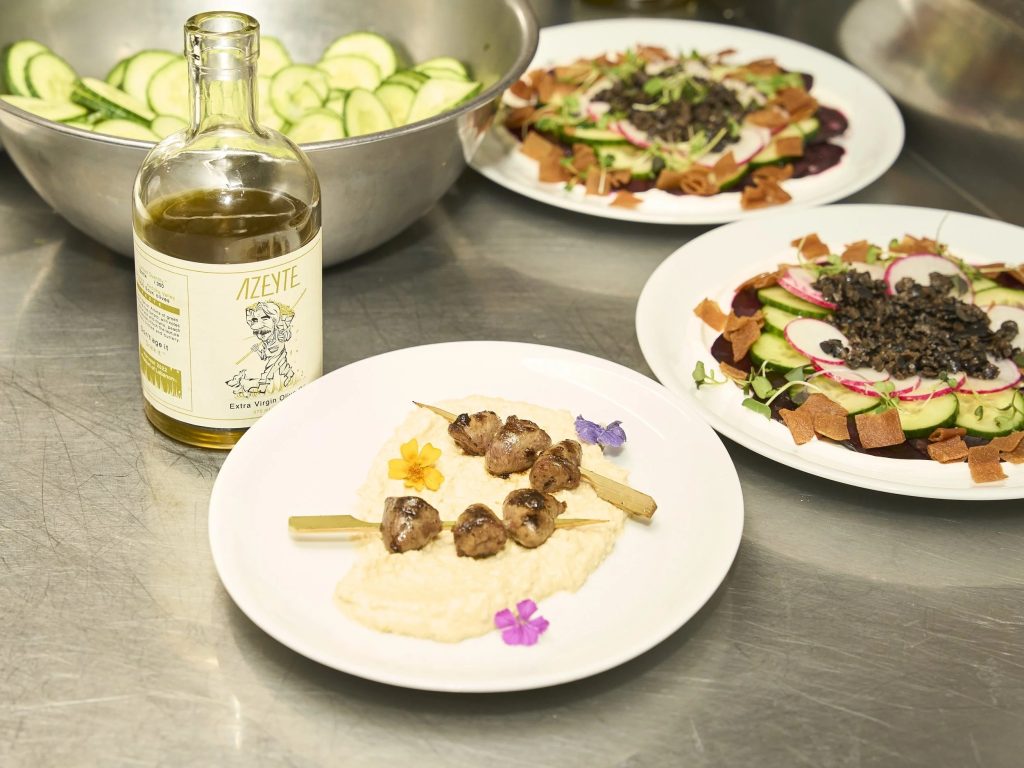
Habibi Supper Club: Love, Lebanese Flavors, and Community
For Valentine’s Day 2025, Habibi Supper Club hosted back-to-back dinners with a love-inspired seven-course menu that fused traditional Levantine flavors with international dishes. Highlights included tagliatelle cacio e baharat, branzino with citrus olive relish and sumac, and a Fattoushy Caesar Salad that blended Italian and Lebanese classics. Each evening welcomed a diverse group of 12 diners who Finianos affectionately calls his habibis—Arabic for “my beloved.”
“People who come to my dinners are my Habibis,” Finianos says. “I want them to feel the love and inclusion.” Guests leave not only with full stomachs but also with memories, music, and a deeper appreciation of Lebanese hospitality.
Drawing inspiration from his grandmothers, Finianos emphasizes the inherent love language of Lebanese cuisine. “Cooking is how we tell each other we love each other,” he says. “Nothing screams ‘I love you’ more than ‘Did you eat today, habibi?’”
Now firmly rooted in Philadelphia, Finianos plans to open a permanent space in South Philadelphia—a café by day and a supper club by night—creating a hub for Arab Philadelphians while continuing to introduce the city to the rich and diverse flavors of Lebanon.
